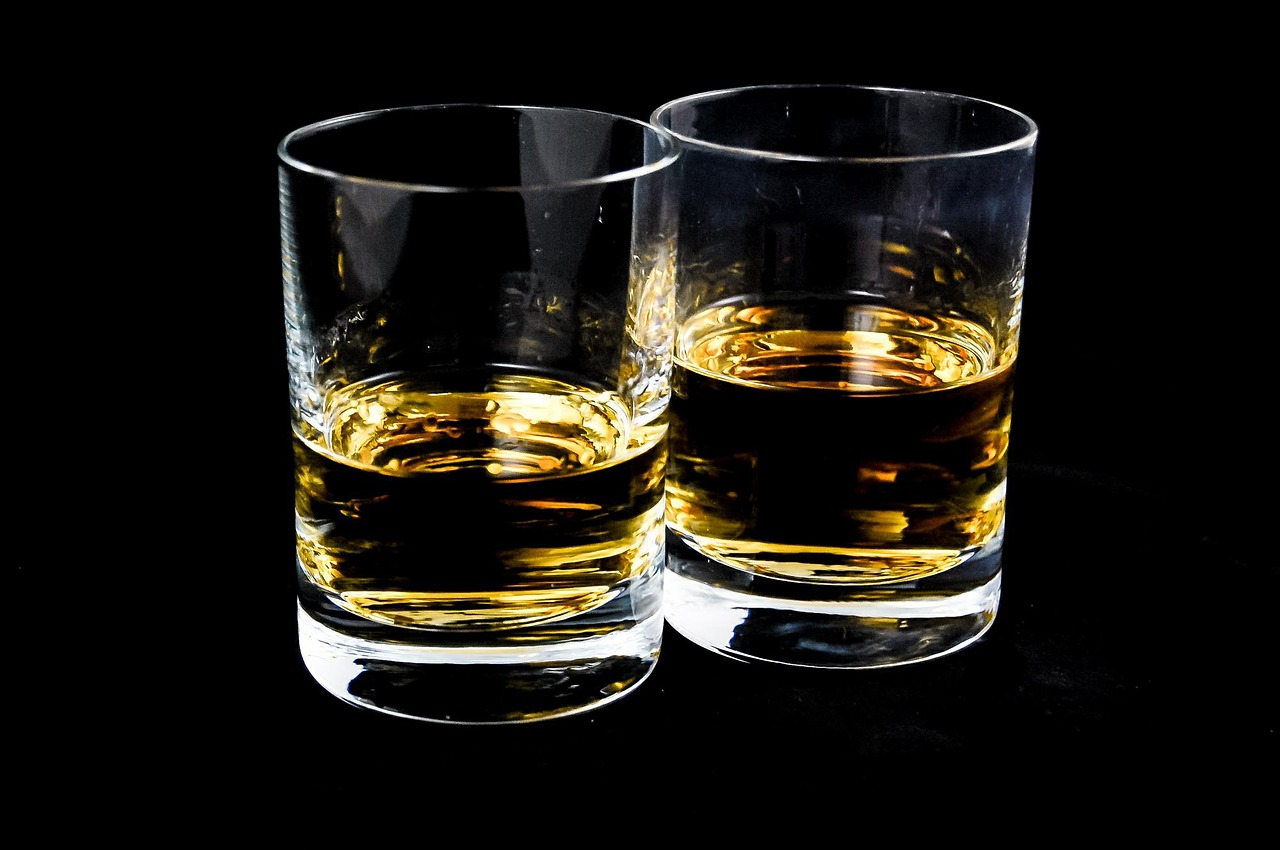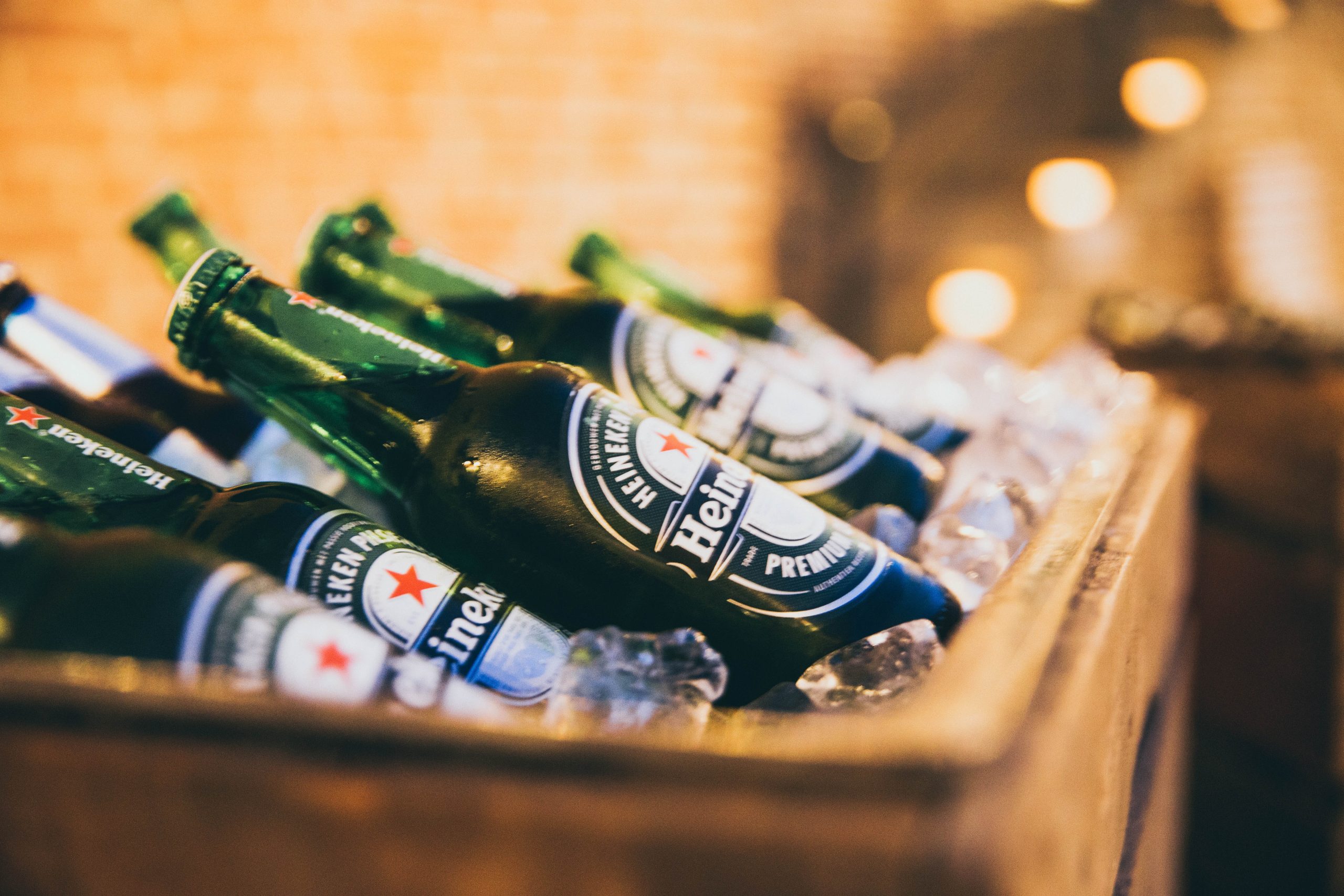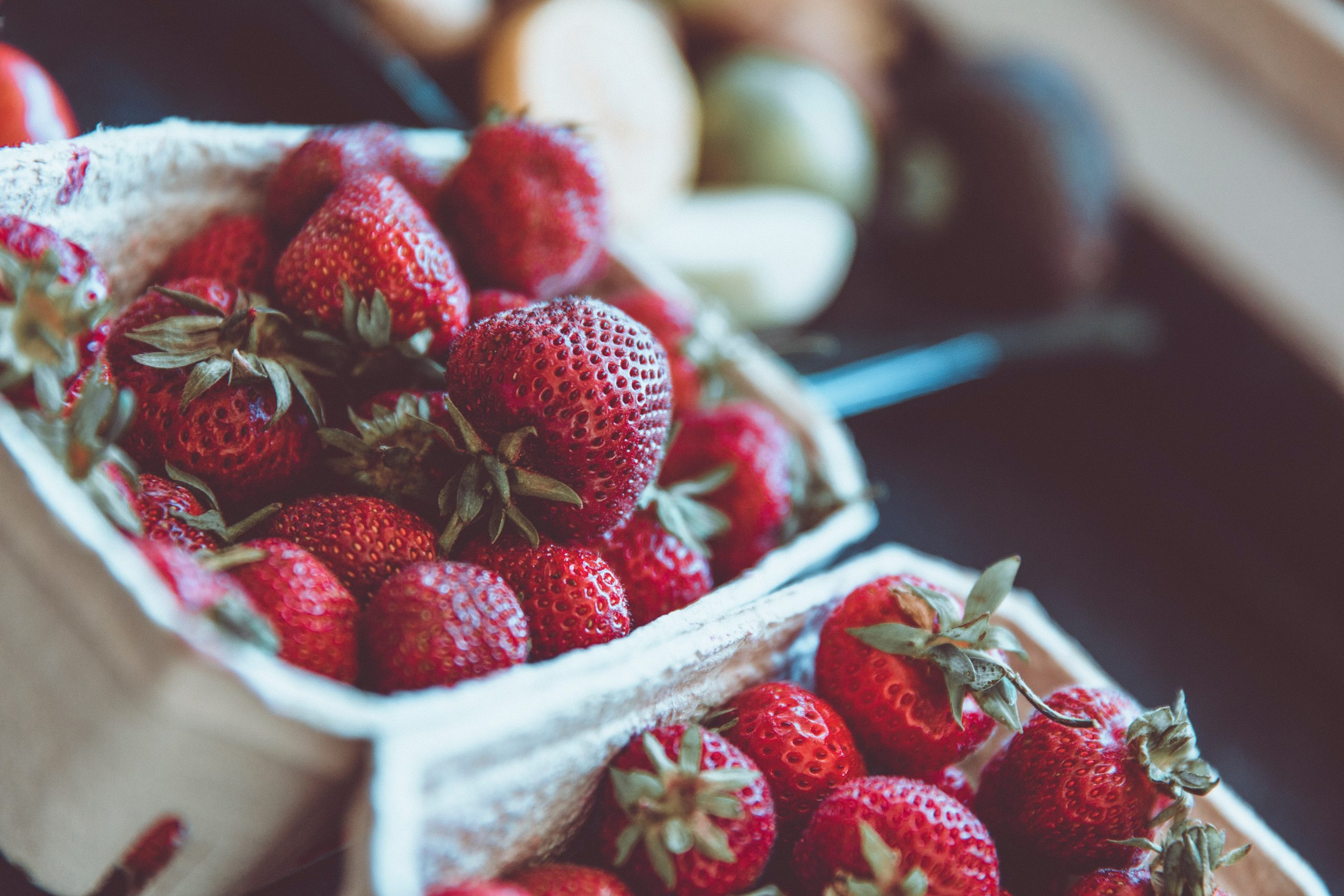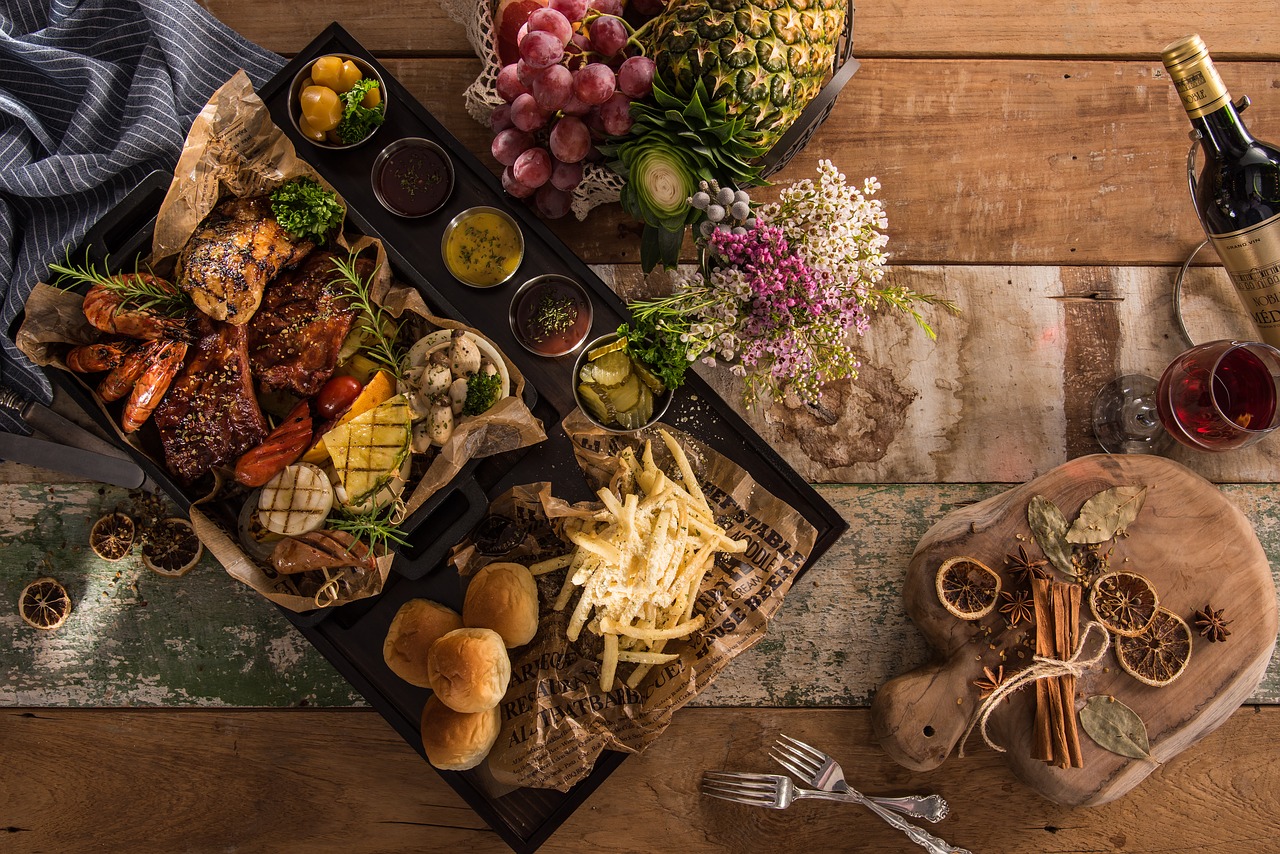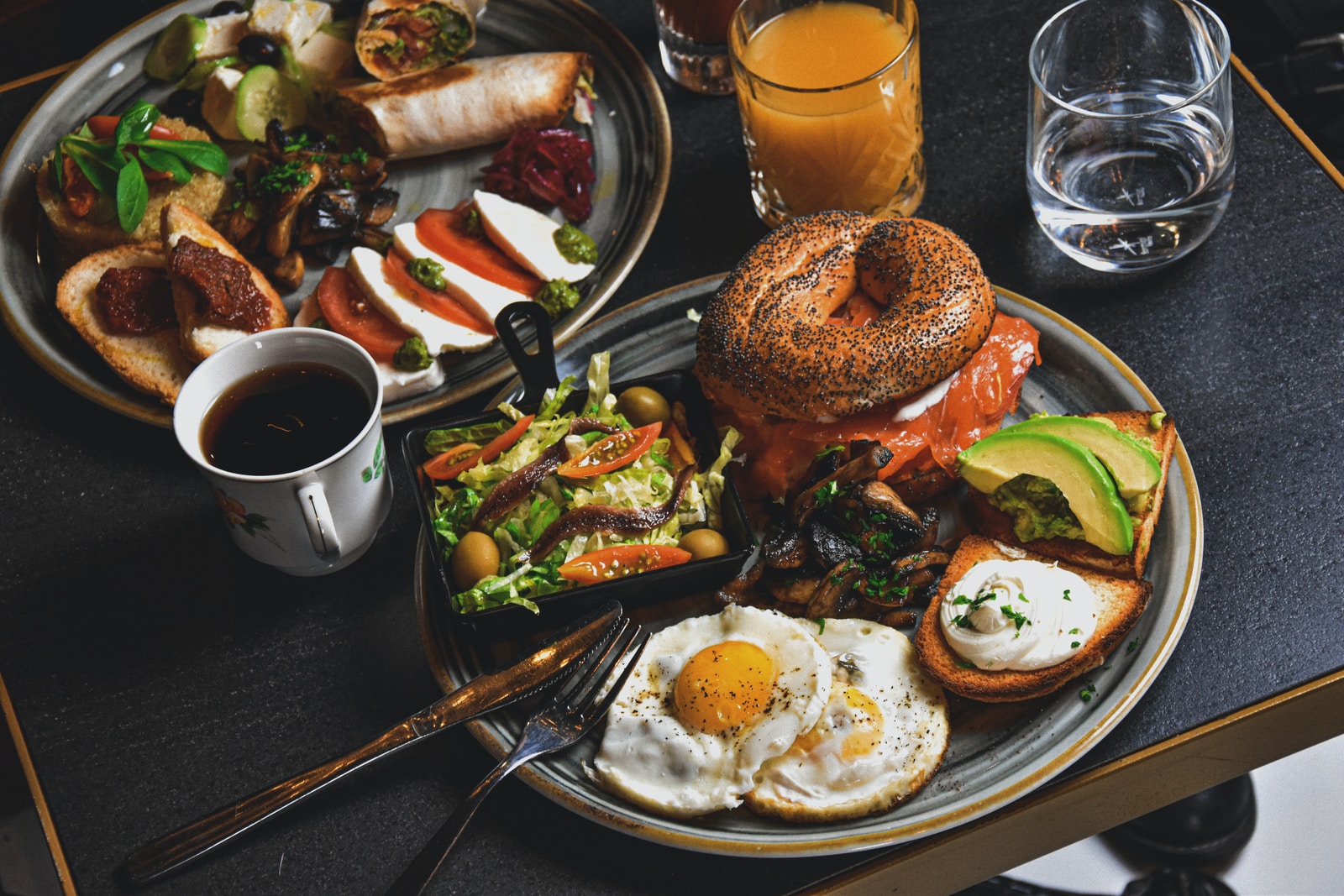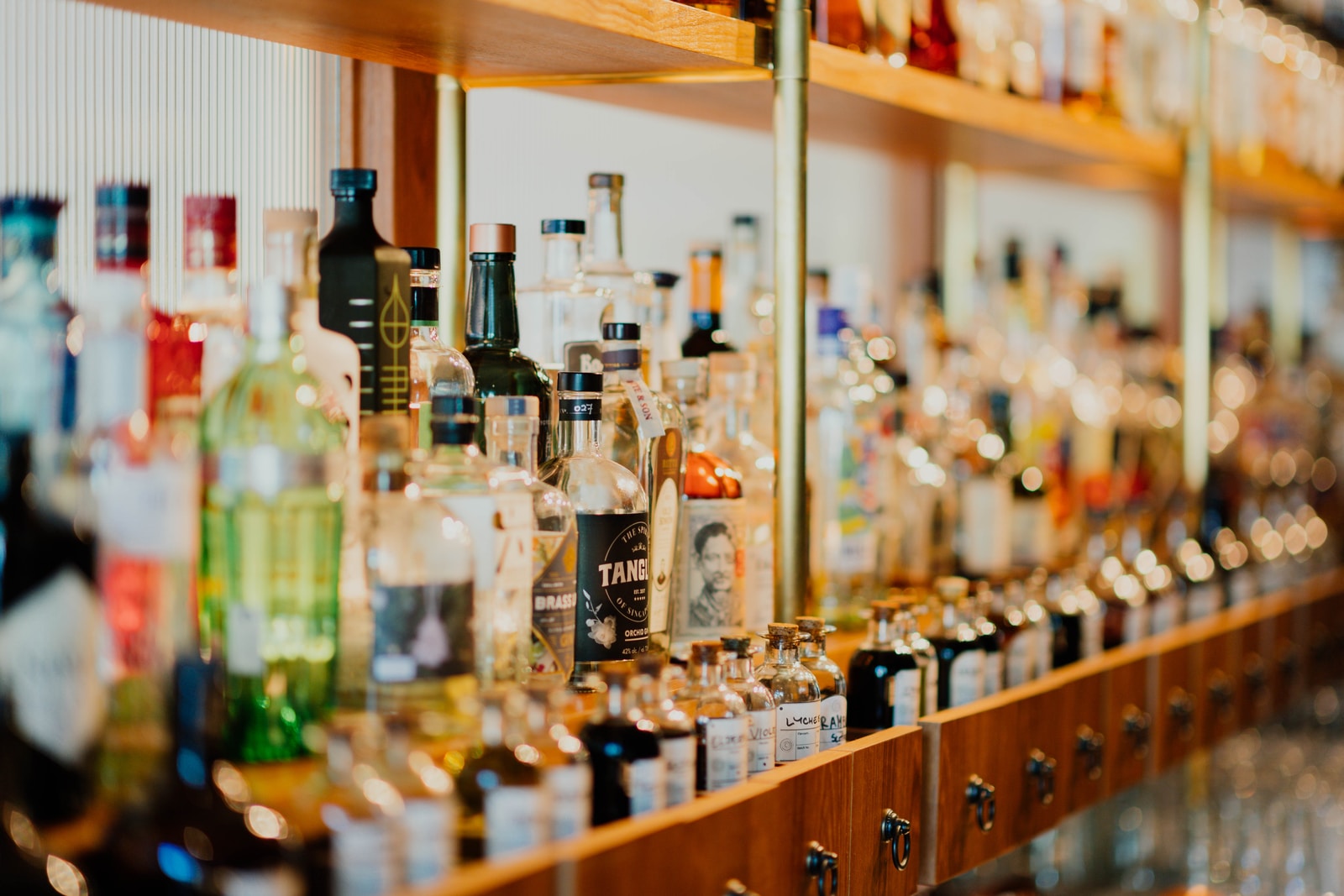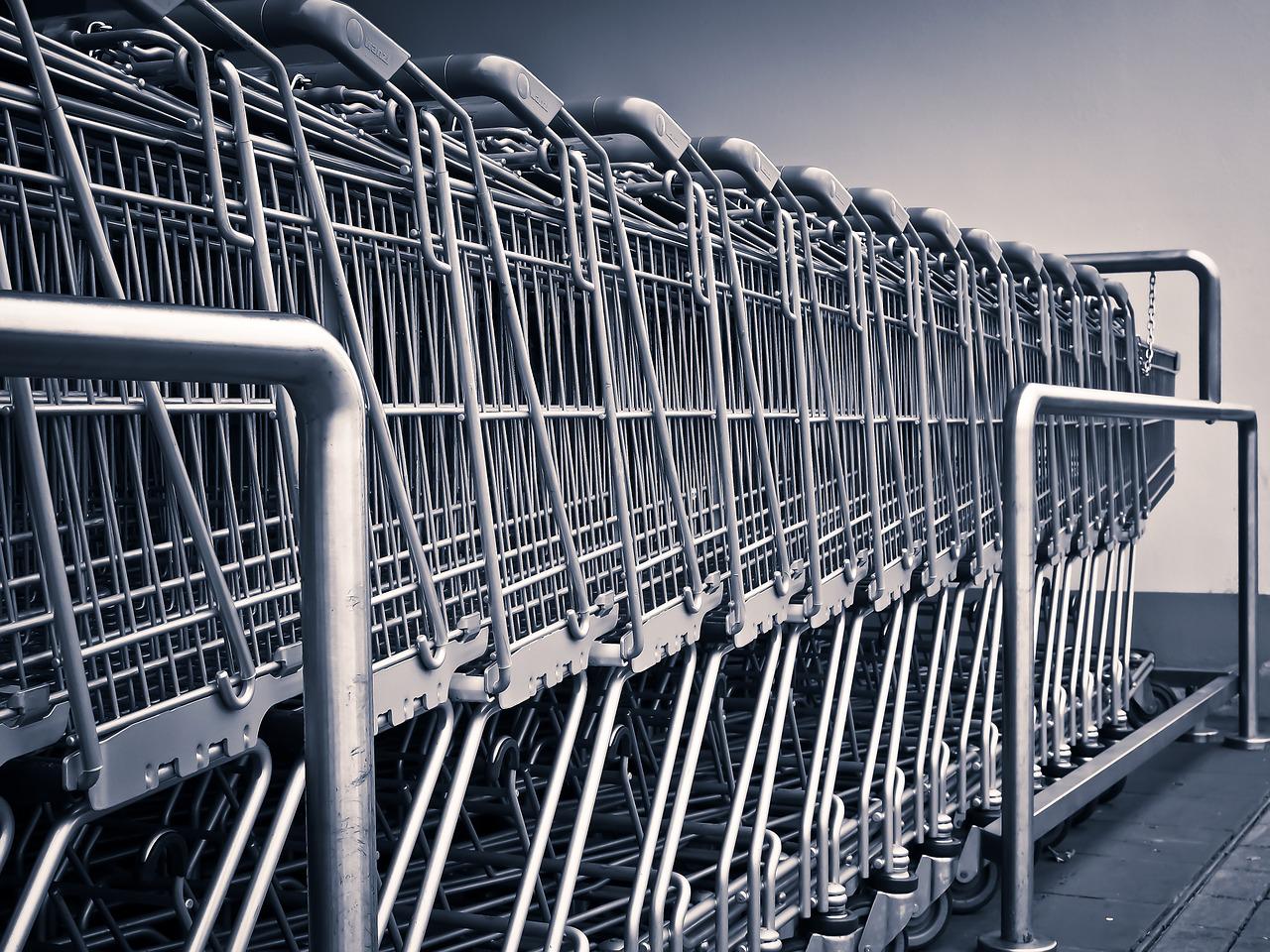Many of us love to enjoy a tipple every now and then to whine down from a busy day, or the weekend.
However, we all know how easy a few drinks can turn into many, and the pandemic no doubt has only accelerated our drinking habits more than usual. A study published by USA Today reported that one in five Americans are still drinking heavily even almost two years after the pandemic broke out in the US.
What seems to be an indication, is that many people are turning aware from booze altogether in favour of alcohol-free drinks. Here, stainless steel enclosures manufacturer Electrix discusses the current alcohol trends in the US.
Alcohol goes beyond a COVID coping solution
Alcohol sales had rocketed by 50% when the pandemic began spreading across North America in March 2020. A large number of people turned to booze to cope with the pandemic, and this trend was mirrored across many other Western countries.
The heaviest drinkers when we compare generations are baby boomers (those aged between 57-75), with 46% reporting heavy drinking within the past month. Sales of booze rose by 54% in March 2020 when stay-at-home orders were put in place for many states. But, now that the majority of states have lifted restrictions, we’ve seen this behavior slip into our normal lives. Many people may be consuming more alcohol than usual when visiting bars and restaurants.
It is possible that the COVID coping solution has become a long-term habit, which isn’t a good sign. An overconsumption of alcohol can weaken our immune system, making us more vulnerable to breakthrough COVID infections.
A rise of sober lifestyle interest
On the plus side, there has been a rise of Americans who have either quit drinking or cut down significantly on their consumption. This is a trend that was on the rise pre-pandemic, but it’s now in the spotlight once again. The non-alcoholic beverage industry is now a $331 million market, representing a 33% rise with innovations in booze-free cocktails that taste like the real deal.
There’s been plenty of talk about young people drinking less than the previous generations. While the current generation of teenagers, like every group before them, is trying out alcohol, millennials and many of Gen Z are drinking less than their Gen X and baby boomer counterparts did at the same age.
The most popular reason for people to reduce their alcohol consumption or give it up, is because of the way it makes them feel. We’ve seen accounts from both everyday people and celebrities on why they’ve given up alcohol, with many remarking that they didn’t like the way it made them behave or the hangovers they woke up with the next day. Instagram accounts including The Retired Party Girl and No Booze Babes have tens of thousands of followers as young women seek out sober lifestyles.
This switch isn’t going away any time soon, the Whole Foods predicting that “buzz-less spirits” will be a huge 2022 trend.
Lighter alcoholic drinks are on the cards
One trend that’s coming out of the sober-curious generation is a preference of lower alcohol drinks. Instead of a heavy pint of beer, consumers are turning to hard seltzers and beverages with lower alcohol contents. White Claw surged in popularity in 2019, and although its popularity has dipped slightly in 2021, another hard seltzer is gaining traction: High Noon.
Low alcoholic drinks have become so popular that traditional beer brands such as Budweiser have been getting in on the action. Hard seltzer and drinks comprised of spirits and soft drinks are no longer the domain of young college women; they’re now palatable for everyone.
This movement has been largely driven by health-conscious drinkers who, in addition to wanting to avoid getting blackout drunks, don’t want to over consume liquid calories. Many of these drinks are marketed as low-calorie, appealing to a younger demographic that is interested in health.
Since the multiple COVID lockdowns, we’ve witnessed new trends emerge in alcohol consumption. . A rise in consumption began in March 2020 but has held strong long into 2021. Conversely, we’ve also seen pre-COVID trends, like the sober curious movement and a shift to lighter alcoholic beverages, gain traction and take a larger share of the market. As we enter 2022, the non-alcoholic drinks market is set to grow even bigger, turning the booze market on its head.
Sources
https://eu.usatoday.com/storytelling/coronavirus-reopening-america-map/#restrictions
https://jamanetwork.com/journals/jamanetworkopen/fullarticle/2770975
https://newsnationusa.com/news/finance/banking/cool-girls-dont-drink-alcohol-anymore/
https://www.cnbc.com/2019/12/05/how-white-claw-and-the-hard-seltzer-craze-are-taking-on-beer.html
https://www.thespiritsbusiness.com/2021/06/white-claws-hold-on-hard-seltzer-market-slips-in-bars/

